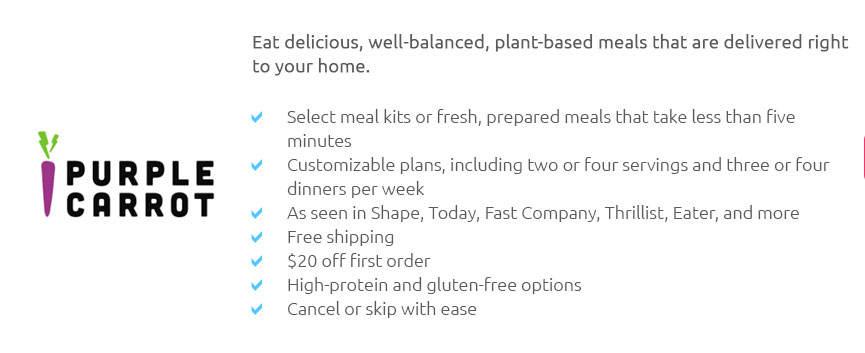 |
 |
 |
|---|
 |
|---|
 |
||||||
|---|---|---|---|---|---|---|
|
||||||
 |
 |
|||||
 |
 |
|||||
 |
 |
|||||
 |
 |
|||||
 |
 |
|||||
 |
 |
|---|
Meal Delivery Service USA: A Comprehensive ExplorationIn recent years, the landscape of meal delivery services in the USA has evolved dramatically, reshaping the way many Americans approach food and dining. These services offer a remarkable blend of convenience and variety, making them an attractive option for individuals seeking to streamline their meal preparation process. The appeal of meal delivery services lies in their ability to provide fresh, pre-portioned ingredients or fully prepared meals directly to your doorstep, thus eliminating the need for grocery shopping or meal planning. This has become particularly valuable in a fast-paced world where time is often a luxury. One might wonder, what exactly drives the burgeoning popularity of these services? Convenience is undeniably a primary factor. For busy professionals, families, or even seniors, having a meal delivery service can be a game-changer. It simplifies life, providing nutritious options without the hassle of cooking from scratch every day. Moreover, the variety offered by these companies is quite impressive. From plant-based and organic options to international cuisine and kid-friendly meals, there's something to cater to every dietary preference and lifestyle.
Despite these advantages, it is worth considering some potential drawbacks. The cost of meal delivery services can be higher than traditional grocery shopping, which might not fit everyone's budget. Additionally, some users feel that the portion sizes can be inconsistent or that the meals lack the personal touch that home-cooked meals provide. However, for many, the trade-off is worth it for the sheer convenience and time saved. Looking towards the future, the meal delivery industry is poised for continued growth and innovation. With advancements in technology, we can anticipate even more personalized meal plans, perhaps driven by AI to cater to individual tastes and nutritional needs. Moreover, as environmental concerns become more pressing, these services may also lead the charge in promoting sustainable practices within the food industry. In conclusion, meal delivery services in the USA have carved out a significant niche by addressing the needs of modern consumers who value time, convenience, and healthy eating. Whether you are a busy professional, a parent juggling multiple responsibilities, or someone simply looking to explore new culinary adventures without the effort, these services offer a viable and exciting option. As they continue to adapt and evolve, they promise to remain a staple in the American culinary landscape for years to come. https://www.bonappetit.com/story/best-meal-delivery-services?srsltid=AfmBOoo3EtBeKraHmuHbF5DpRdaHGy1Us9pL9rhKLqghg27qOo_Z4zbL
The best meal kit and prepared meal delivery services reviewed, from Purple Carrot, Home Chef, Dinnerly, and more. https://www.blueapron.com/?srsltid=AfmBOooWEL0vJIUut55RD12cS_4COnrZN1Y6N7vMdHVQvzF1s2_5YEol
Discover affordable culinary delights with Blue Apron's meal kits and prepared & ready meals now featuring the same fresh ingredients you love. https://www.homechef.com/?srsltid=AfmBOoq_xxZ3FQyl_XY69MFSYDHaJY-DF4SrYjRgRLVZBfgQ4gd89Zo9
Our weekly deliveries of fresh, perfectly-portioned ingredients have everything you need to prepare home-cooked meals in about 30 minutes.
|
|---|


